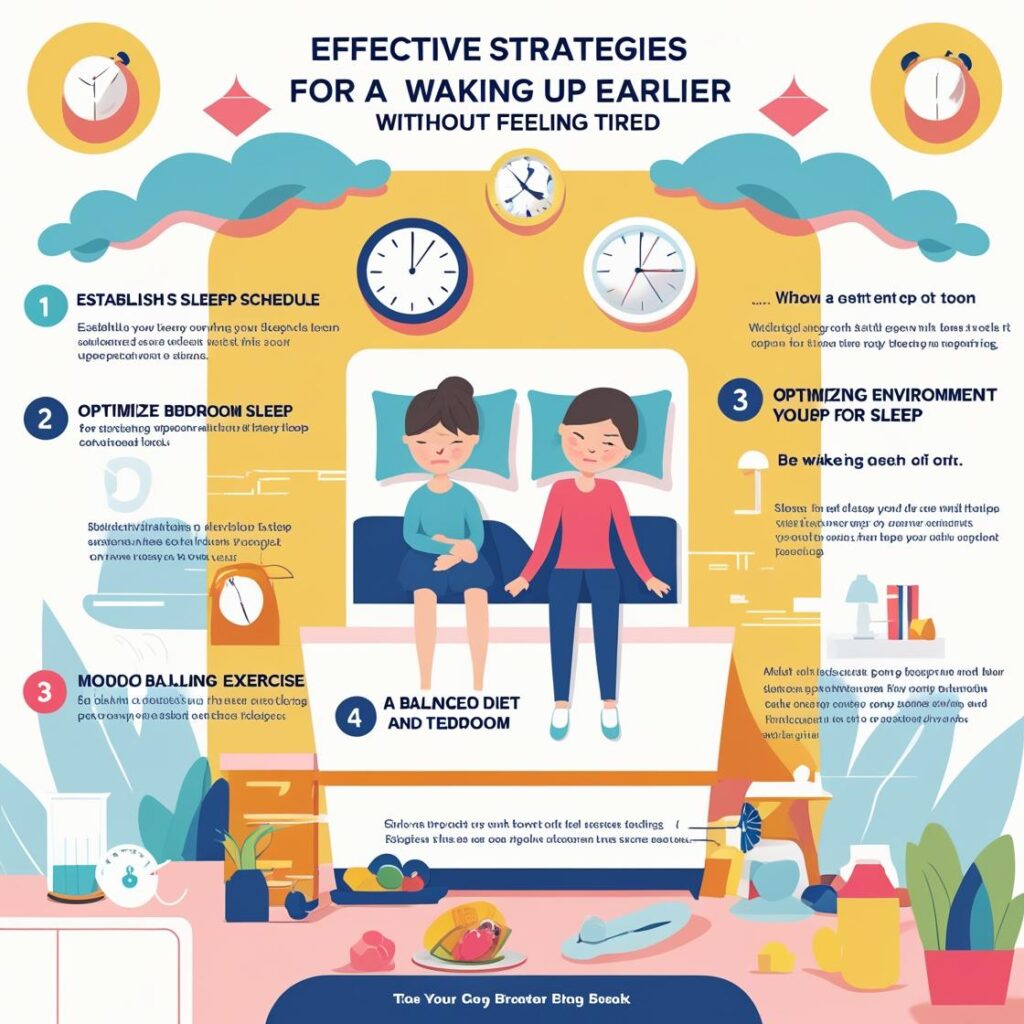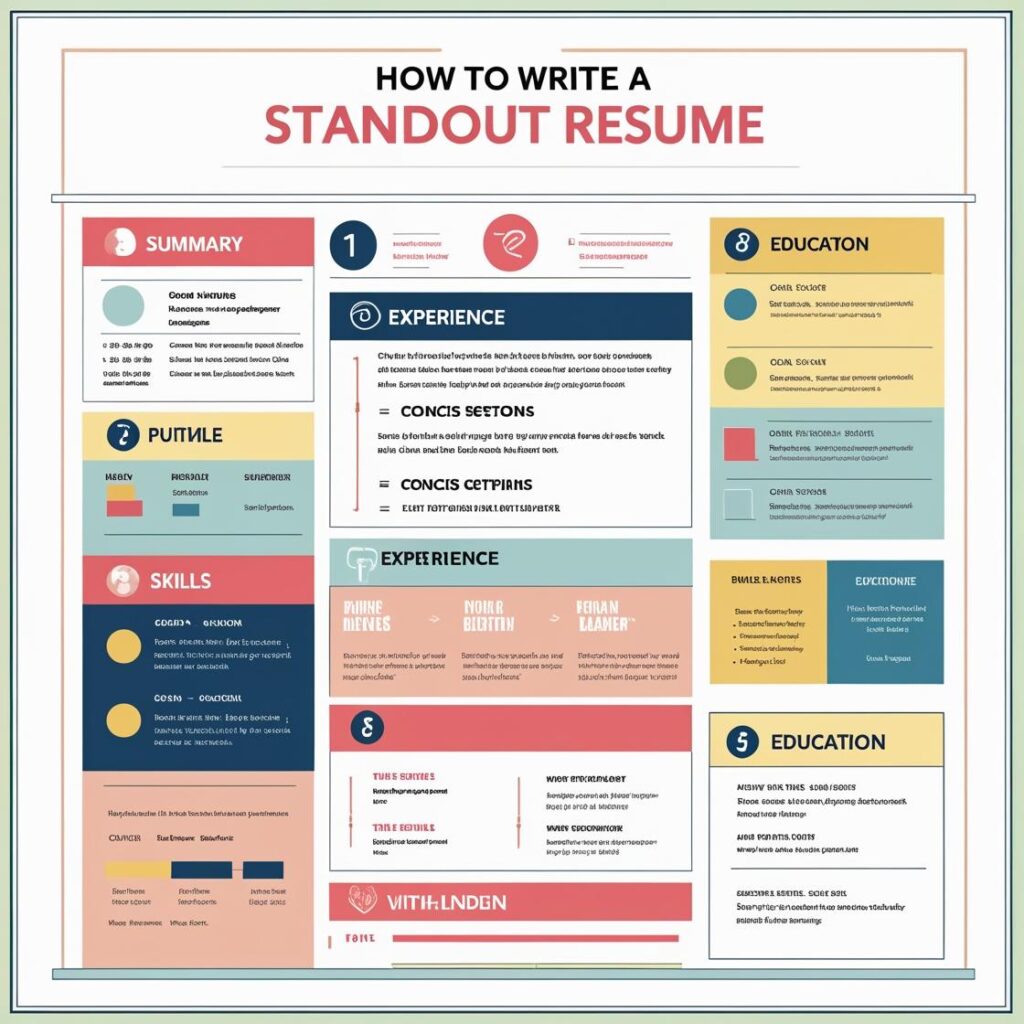Turning a side hustle into a full-time business is a dream for many aspiring entrepreneurs. Whether it’s freelance writing, selling handmade goods, or offering consulting services, the transition requires careful planning, smart decision-making, and unwavering dedication. This guide provides a step-by-step breakdown of how to make that shift successfully.
اقرأ أيضاً: قائمة بأهم 10 كورسات مجانية في الذكاء الاصطناعي مع الروابط المباشرة
1. Validate Your Side Hustle Idea
Before scaling your side hustle into a full-time business, it’s critical to validate that there’s a real market for your product or service. Validation confirms that your idea can generate sustainable income.
اقرأ أيضاً: كيفية الحصول على منحة دراسية مجانية
- Conduct market research to assess demand and competition.
- Test your offer with a small audience and collect feedback.
- Use platforms like Google Trends, Reddit, or Quora to gauge interest.
Validation ensures that you’re not investing time and resources into a concept that lacks profitability.
اقرأ أيضاً: كيف تستيقظ مبكرًا دون الشعور بالتعب
2. Set Clear Financial Goals
Transitioning to full-time entrepreneurship without clear financial targets can lead to instability. Start by defining the income level you need to replace your current job.
اقرأ أيضاً: كيف تتفوق في أي مقابلة عمل: 10 نصائح من الخبراء
- Calculate your monthly personal and business expenses.
- Determine your minimum viable income (MVI).
- Establish savings goals to support yourself during the transition.
A realistic financial roadmap will help you scale your side hustle with confidence.
اقرأ أيضاً: كيف توفر 1000 دولار في 30 يومًا
3. Create a Business Plan
A detailed business plan acts as your blueprint. It outlines your goals, target market, and strategies for growth, making it easier to attract partners or funding if needed.
اقرأ أيضاً: كيفية كتابة سيرة ذاتية متميزة
- Define your mission, vision, and core values.
- Outline your marketing, sales, and operations strategies.
- Set measurable goals and timelines.
Even if you don’t need investors, a business plan keeps your growth focused and intentional.
اقرأ أيضاً: كيفية تسريع الكمبيوتر المحمول البطيء في 10 دقائق
4. Build a Strong Brand Identity
Branding helps differentiate your business in a crowded market. Your brand should communicate what you do, who you serve, and why you’re different.
اقرأ أيضاً: كيف تبني روتينًا صباحيًا يعمل بالفعل
- Design a professional logo and consistent visual elements.
- Develop a clear brand voice and messaging style.
- Establish your online presence with a domain, website, and social media profiles.
A cohesive brand builds trust and increases your visibility with potential customers.
اقرأ أيضاً: كيف تبدأ مدونة تقنية من الصفر
5. Optimize Your Time Management
Balancing a side hustle with a full-time job is challenging. Effective time management is essential during the transition period.
اقرأ أيضاً: كيف تبدأ الرسم (حتى لو كنت تعتقد أنك لا تستطيع)
- Use productivity tools like Trello, Notion, or Asana.
- Prioritize tasks that drive revenue and eliminate time-wasters.
- Set boundaries to avoid burnout.
Optimizing your time allows you to maintain consistency and grow steadily.
اقرأ أيضاً: كيف تخطط لعطلة عائلية سيحبها الجميع
6. Diversify Your Income Streams
Relying on a single product or service can limit your growth. Diversifying helps protect your business and opens new revenue channels.
اقرأ أيضاً: كيف تتعلم الجيتار بنفسك
- Offer complementary services or packages.
- Create digital products or online courses.
- Explore affiliate marketing or sponsorship opportunities.
Multiple income streams make your business more resilient.
اقرأ أيضاً: كيف تحزم خفيفًا لرحلة لمدة أسبوعين
7. Transition Gradually and Strategically
Jumping ship too early can create unnecessary stress. A gradual shift allows you to test and refine your business model.
اقرأ أيضاً: كيف تكتب أول قصة قصيرة لك
- Reduce hours at your day job if possible.
- Scale your side hustle earnings to meet or exceed your MVI.
- Plan your exit with a target date and savings buffer.
Strategic transitions minimize risk and increase your chances of long-term success.
اقرأ أيضاً: كيف تسافر عبر أوروبا بميزانية محدودة
8. Build a Support Network
Entrepreneurship can be isolating, especially in the early stages. A strong support system provides guidance, accountability, and encouragement.
اقرأ أيضاً: كيف تحمي خصوصيتك على الإنترنت: دليل المبتدئين
- Join online forums and local entrepreneur groups.
- Seek mentorship from experienced business owners.
- Network through LinkedIn and industry events.
Your network can provide referrals, partnerships, and valuable business insights.
اقرأ أيضاً: كيف تبدأ في التأمل حتى لو كنت متشككًا
9. Invest in Professional Development
To scale your side hustle, you’ll need new skills. Continuous learning helps you stay competitive and operate more efficiently.
اقرأ أيضاً: كيف تساعد الأطفال على بناء عادات دراسية أفضل
- Take courses on marketing, finance, or management.
- Attend webinars, workshops, or business bootcamps.
- Read books and listen to podcasts in your niche.
Investing in yourself is one of the best ways to grow your business.
اقرأ أيضاً: كيفية العثور على الجواهر الخفية في أي مدينة
10. Monitor Progress and Adjust as Needed
Once you’ve gone full-time, regular assessment is key to staying on track. Metrics and feedback help you make informed decisions.
- Track KPIs like customer acquisition, revenue, and retention.
- Solicit feedback from customers to improve your offerings.
- Adjust your strategies based on performance data.
Staying agile and responsive is essential in a dynamic market.
Turning your side hustle into a full-time business is both challenging and rewarding. With preparation, focus, and resilience, you can build a sustainable and fulfilling career on your own terms.



